Queen Angelfish
$219.99
-
Select Variant
It is believed that the Queen Angelfish is one of the most striking angelfish. Bright yellow and electric sapphire-blue highlights make an Angelfish its almost-iridescent look. The fish has an elongated dark spot on its forehead that is surrounded by brilliant blue. The pelvic and dorsal fins are long.
With the potential to reach 18 inches in length, this Queen Angelfish needs a large tank - at least of 250 gallons. It should also have many hiding spots as well as live rock for grazing. It is not a reef-safe fish The Queen Angelfish is prone to bite at soft and stony corals (sessile invertebrates) and mantles from clams. It is a bit destructive, and should be added to the tank of the community at the end of the set up. It is difficult to keep the Queen Angelfish typically suffer from poor nutrition and water parameters.
Queen angels diet should contain Spirulina as well as marine algae premium angelfish products mysis, frozen shrimp or mysis as well as other meaty foods. In addition, the Queen Angelfish should be fed at least three times per day.
The small juvenile is likely to have juvenile colors or could change color to adult coloring in the teen years while the medium will be a sub-adult and the large in adult coloration.
Approximate Purchase Size: Juvenile Small: 1" to
1-1/2"; Medium: 1-1/2" to 2-1/4"; Large: 2-1/4" to 3-1/4"; Adult Small:
3" to 3-1/2"; Small/Medium: 3-1/2" to 4"; Medium: 4" to 4-1/2";
Medium/Large: 4-1/2" to 5"; Large: 5" to 6"; Extra Large: 6" to 7"
- Description
- Additional Information
- Reviews
General Information on Queen Angelfish
The Queen Angelfish (Holacanthus ciliaris) is renowned for its striking appearance, characterized by vibrant yellow and electric blue highlights that give it an almost iridescent look. It features an elongated dark spot on the forehead surrounded by brilliant blue, with long dorsal and pelvic fins.Tank Requirements
This angelfish can grow up to 18 inches and requires a minimum tank size of 250 gallons. The tank should provide ample hiding places and live rock for grazing.- Tank size: Minimum 250 gallons
- Hiding places: Ample for security
- Live rock: Essential for grazing
Reef Compatibility
Queen Angelfish are not suitable for reef tanks due to their tendency to nip at stony and soft corals (sessile invertebrates) and clam mantles.- Not reef compatible
- May nip at corals and clams
Behavior and Tank Placement
They should be the last addition to a community tank due to their potentially aggressive behavior towards other fish. They are somewhat difficult to keep and sensitive to water quality and diet.- Introduce last in community tank
- Sensitive to water quality and diet
Diet and Feeding
Queen Angelfish primarily feed on sponges in the wild. In captivity, they should be fed a varied diet including Spirulina, marine algae, high-quality angelfish preparations, mysis or frozen shrimp, and occasionally sponge-based foods.- Diet: Varied, including Spirulina and marine algae
- Feed at least three times daily
Juvenile Coloration
Juveniles may display juvenile coloration initially, which can transition into adult colors as they mature.- Juvenile coloration may change with maturity
Origin
Native to subtropical waters in the western Atlantic Ocean, from Bermuda to Brazil, including the Caribbean Sea and islands from Panama to the Windward Islands. By following these guidelines, you can provide a suitable environment for the Queen Angelfish in your aquarium.LINKS to follow:
size
Large, Medium, Small
Units
1
Weight
6 lbs
Dimensions
1 × 1 × 1 in

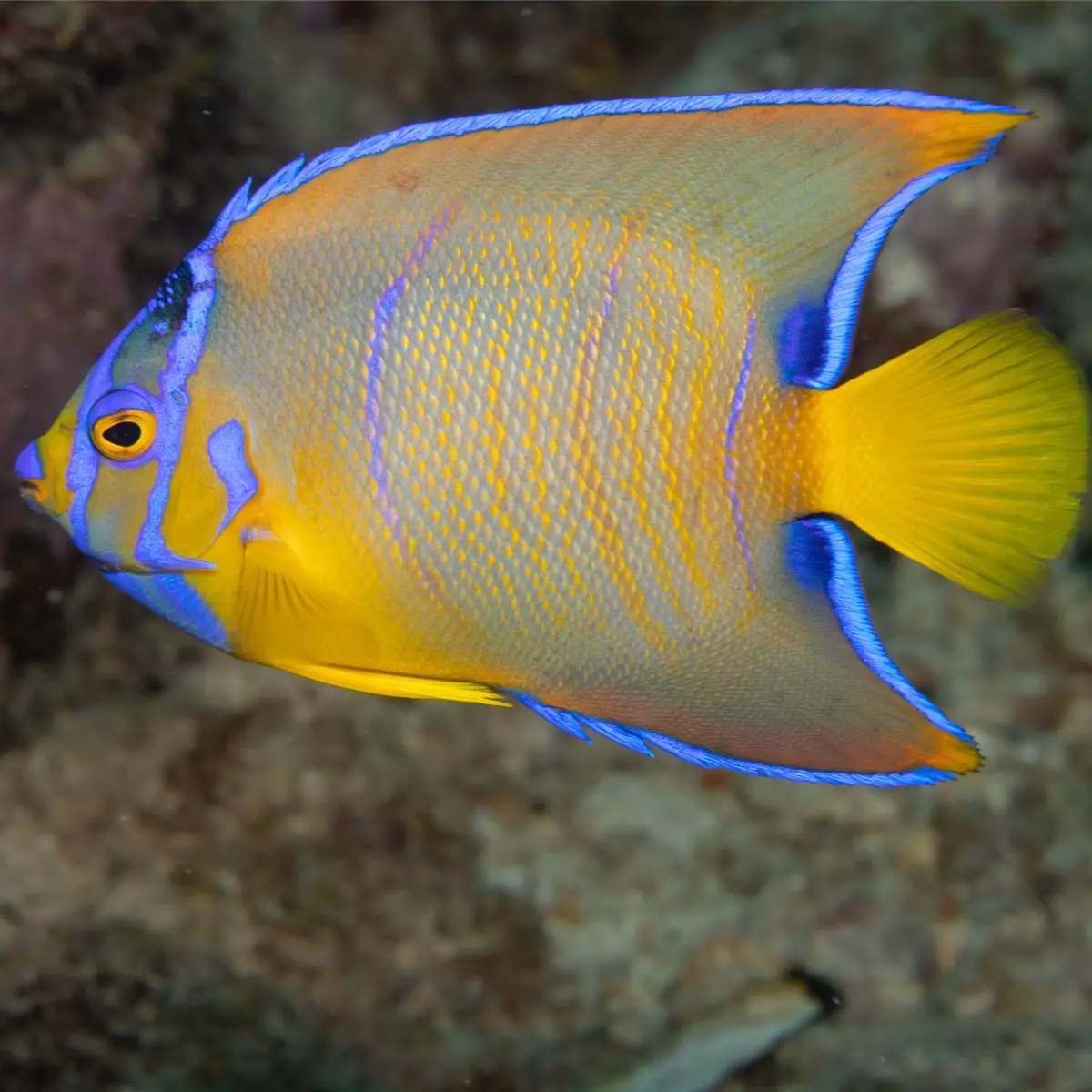
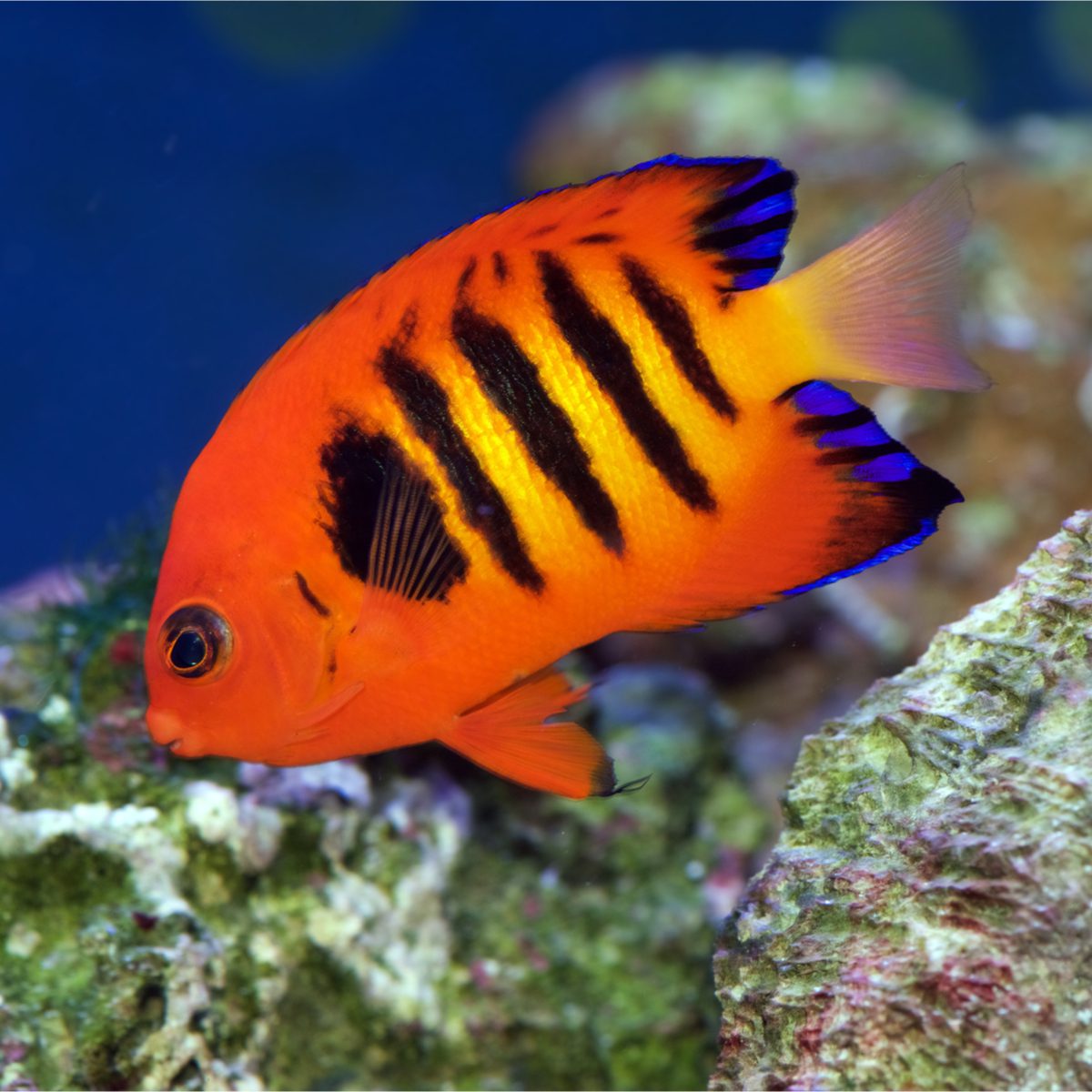
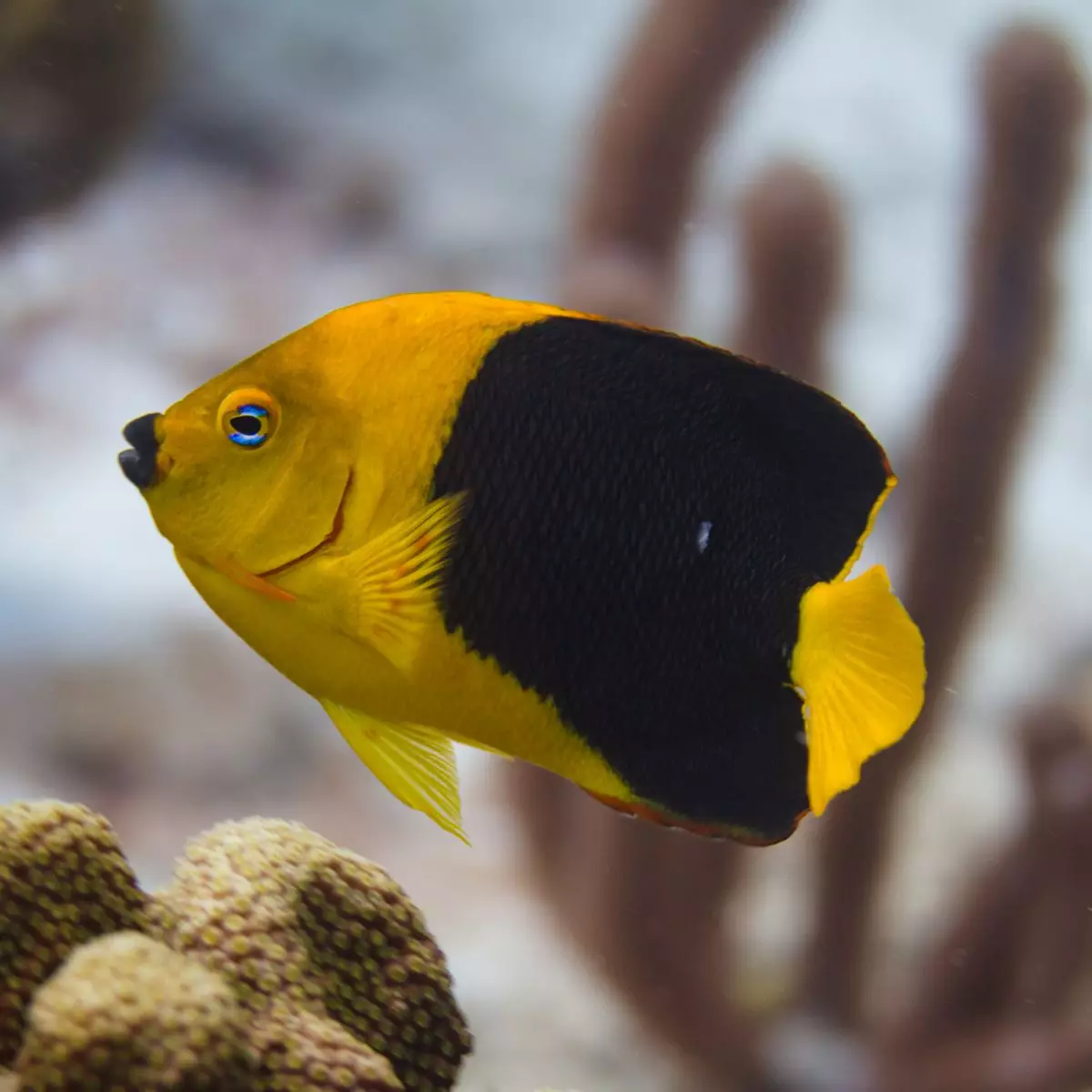

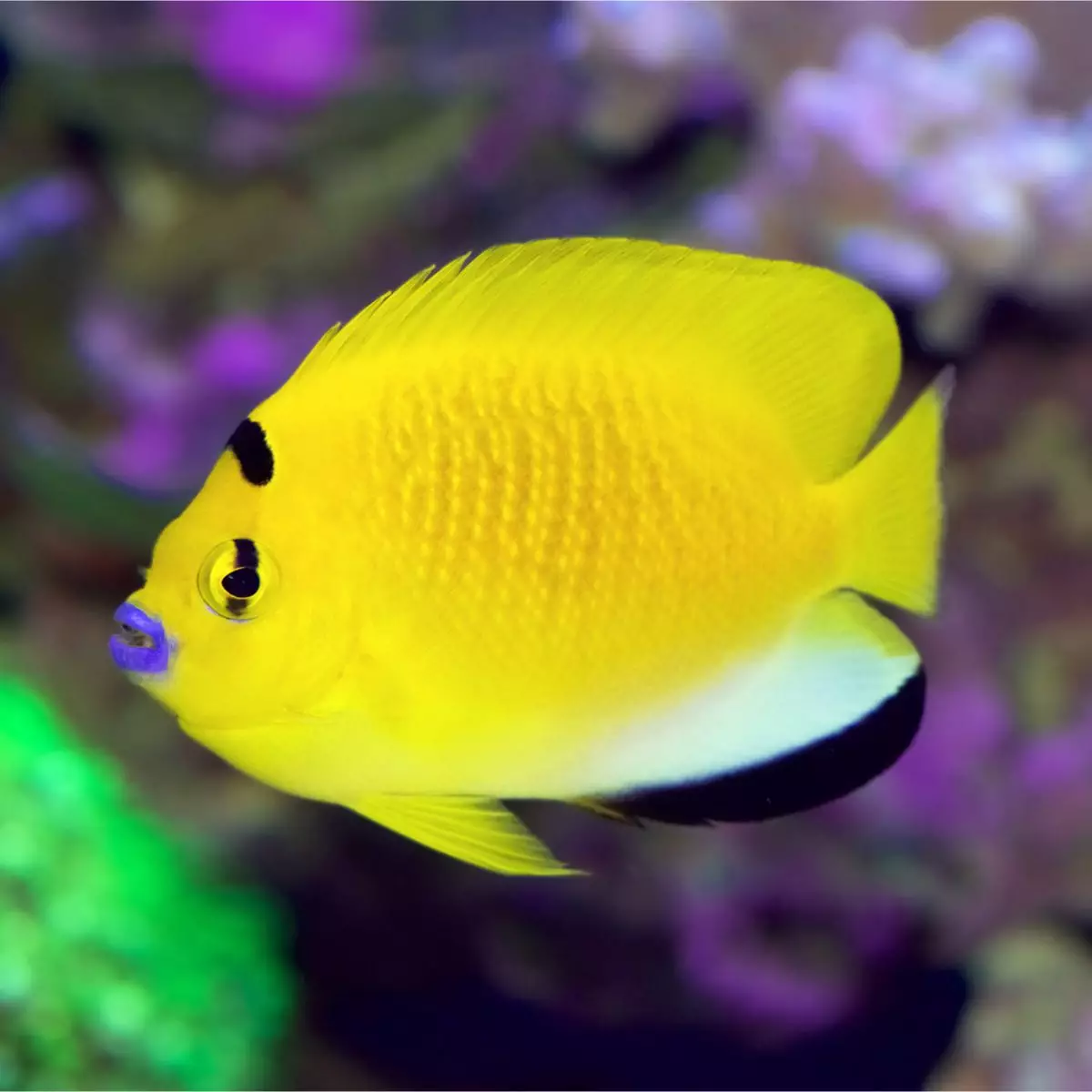
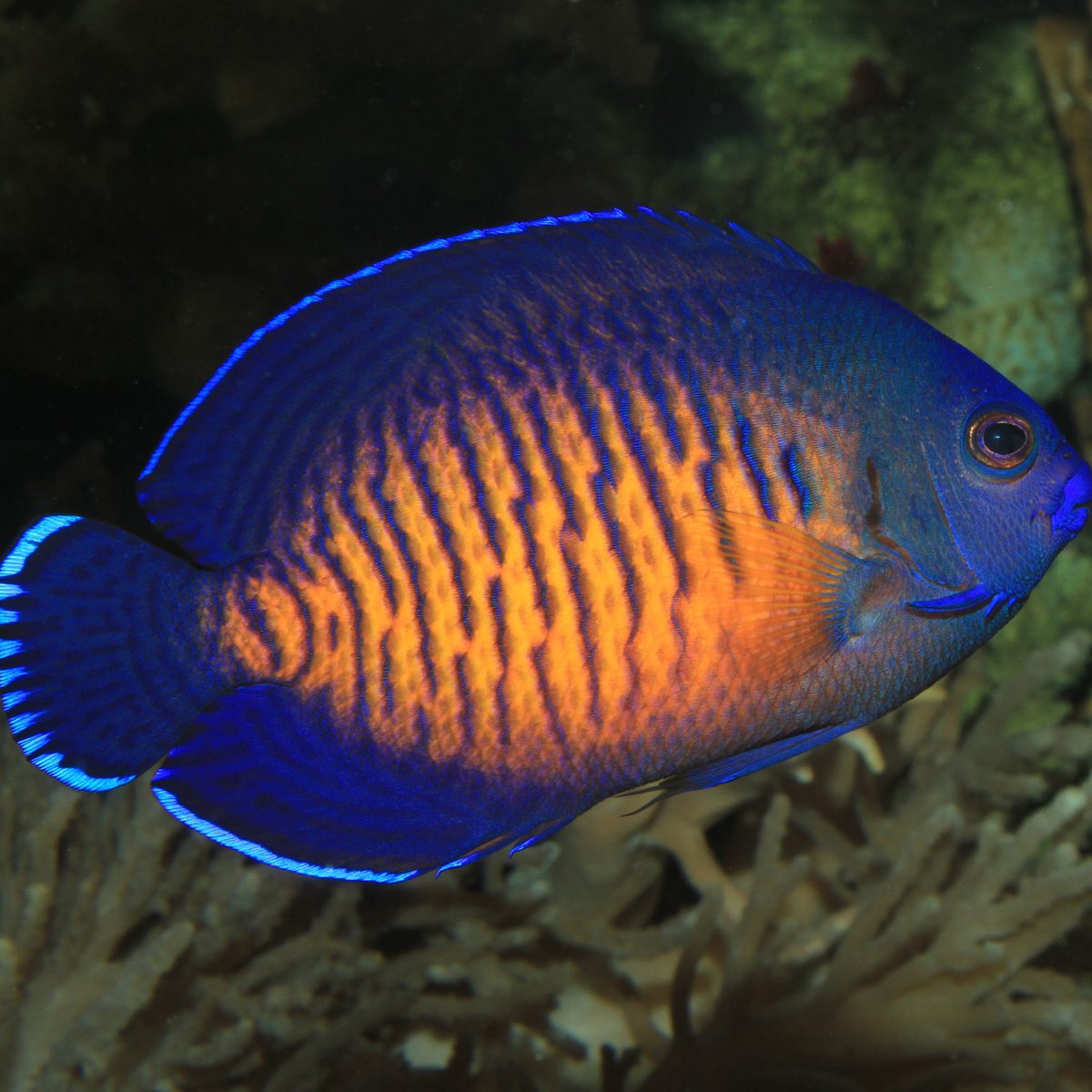
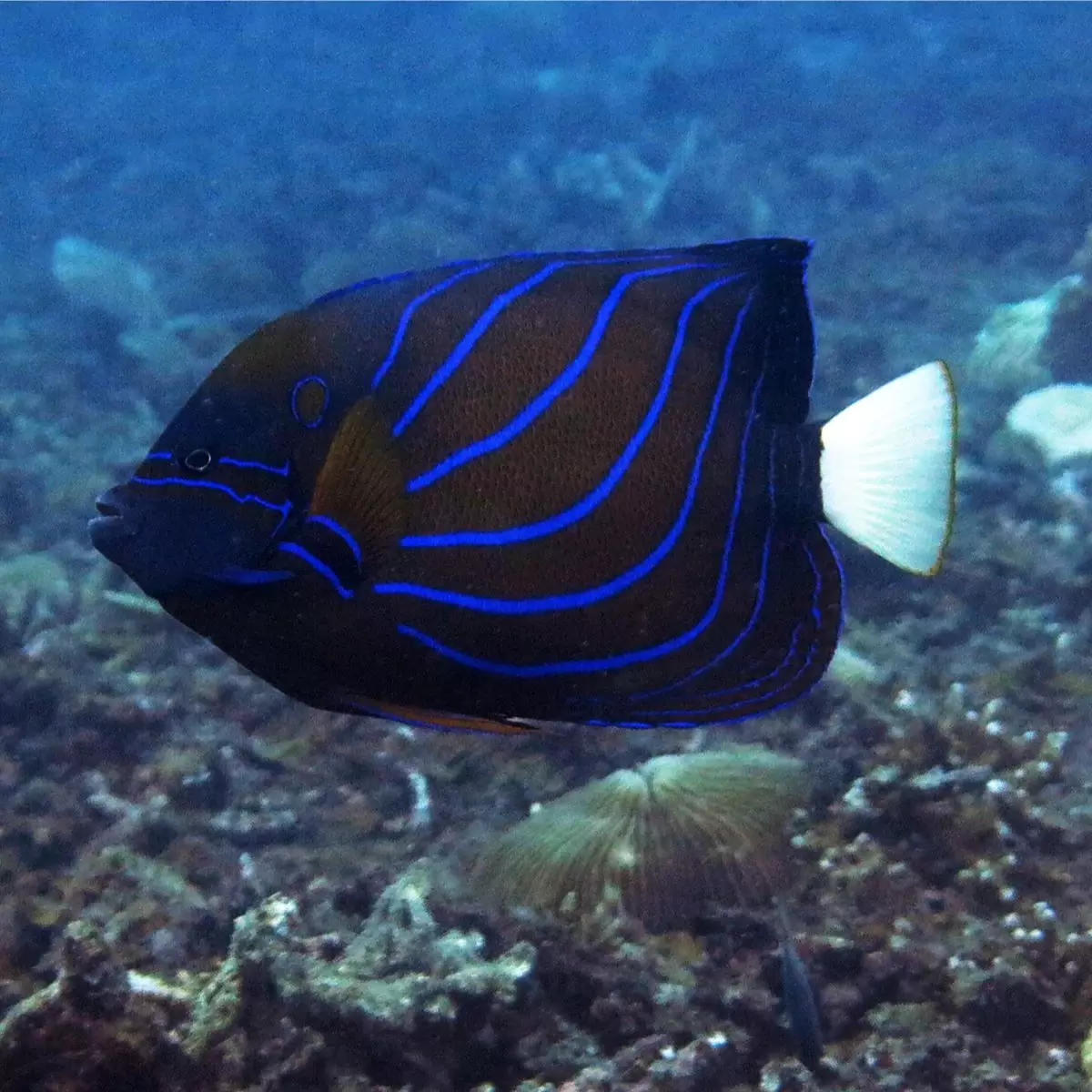
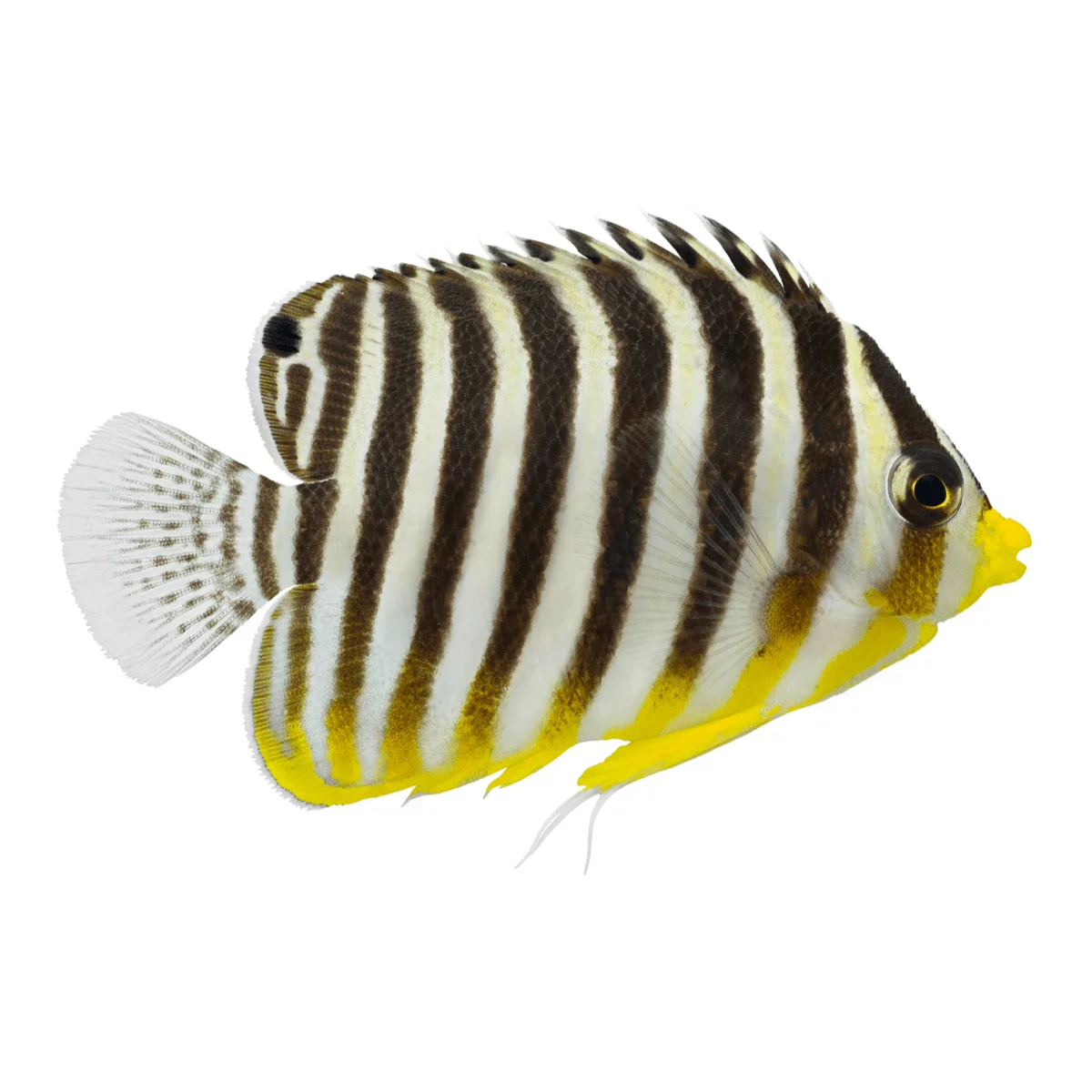
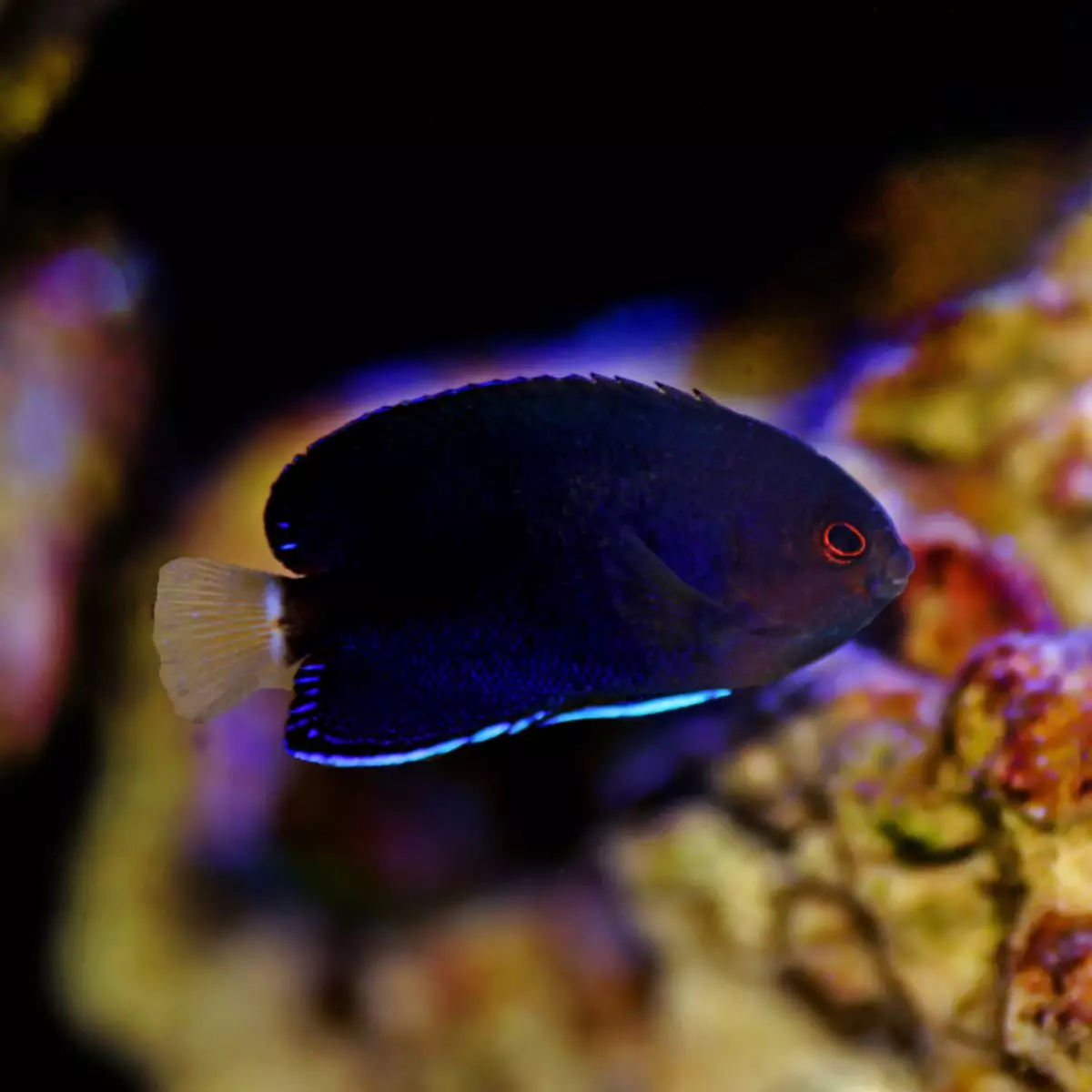

Reviews
There are no reviews yet.